I visited Fletcher Moss Park after it was named most peaceful in Manchester and found perfect place to hide
and live on Freeview channel 276
Of all the beautiful suburban parks in Greater Manchester, Fletcher Moss in Didsbury has been named the most peaceful in a new survey, beating other popular spots like Boggart Hole Clough, Alexandra Park and perhaps the most famous of all, Heaton Park.
The research, carried out by nature sounds app Earth.fm, looked at visitor reviews and analysed them for words like "quiet", "relaxing", "tranquil", "calm", and "peaceful".
Advertisement
Hide AdAdvertisement
Hide AdWhen we visited on a sunny but windy Sunday afternoon, there were lots of people out enjoying the park and all its features, despite the occasional rain shower. There were families, dog walkers and even a couple of groups of tourists.
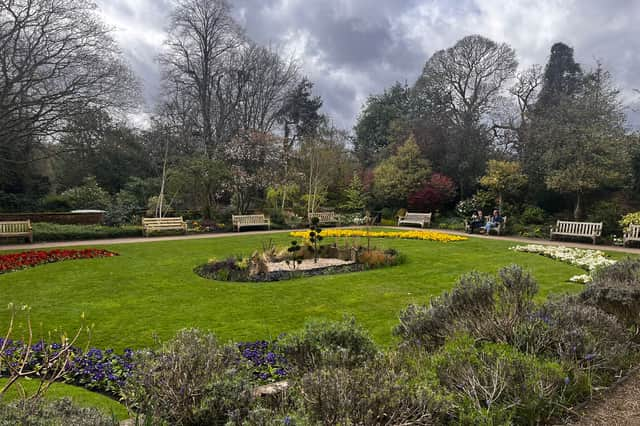

Here is everything you need to know about Manchester’s most peaceful park, which includes the the Alpine Gardens, Parsonage Gardens, and the nature reserve of Stenner Woods, Millgate Fields and the River Mersey
What is there to do there
The park’s main attraction is the wide variety of flora and fauna, as well as some of the wildlife it attracts. Some of the birds you will find there include blue and great tits, flocks of long-tailed tits, wrens, nuthatch, tree-creepers, robins, blackbirds, thrushes and dunnocks. One of the most noticeable birds to be spotted in the Stenner Woods area are the famous ring-necked parakeets. There are benches all over the park if you want to stop and admire the view and see what you can spot - some of them are in secluded spots which means you can definitely catch a moment of peace and quiet.
There are several areas to explore. We first went to the Parsonage Garden and were instantly hit with the perfumed smell of the blossoming flowers. There are so many different varieties of plants here and there are plenty of helpful signs to help you identify everything that’s growing there. The house at the Parsonage Garden has beautiful stained glass windows and a greenhouse filled with even more plants. There was also an art exhibition on display inside.
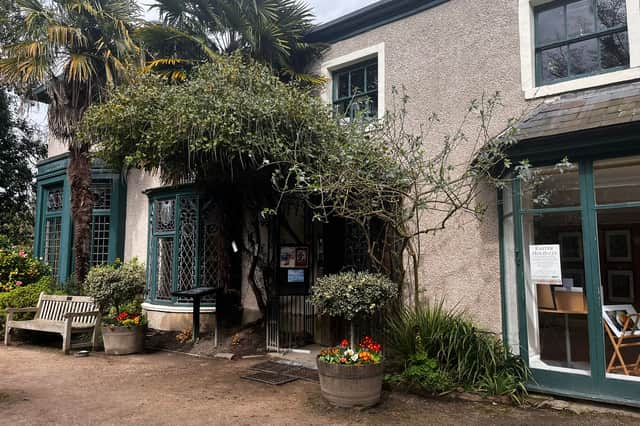

Advertisement
Hide AdAdvertisement
Hide AdNext, we entered into the park itself via the entrance near the Didsbury pub, and made our way to the rockery, where there are a number of paths for you to explore and eventually make your way to the pond. The main area of the park has clearly marked paths for you to wander through, but some of them were wet and muddy, so bear that in mind when choosing what to wear.
Fletcher Moss also hosts a number of events and activities, including walking trails for kids during the school holidays and regular park runs and health walks. People can also get involved with the park’s volunteering groups who work to maintain the grounds.
Visitors can also pick up some snacks and drinks from the Alpine Tearoom located within the park. It is open from 9am to around 4pm. There was a street food van and a tea and coffee van – both had really long queues but the food smelled amazing. There are also tennis courts that are free to use. You can play independently or check out one of the coaching sessions that also take place there. They seemed very popular with lots of people on the courts, so you might have to wait your turn.
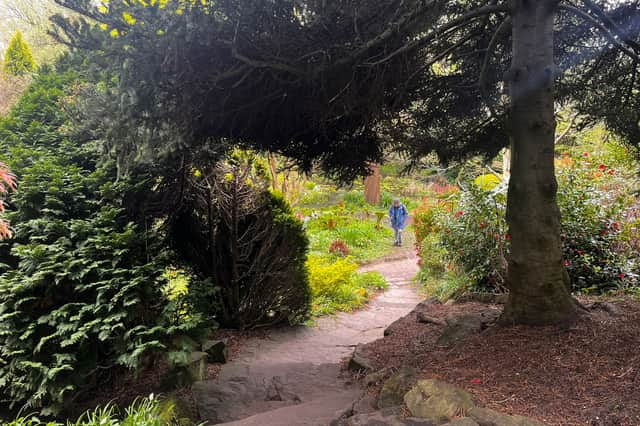

Information about the history of the park and all the work volunteers are currently doing to preserve the park and its wildlife can be found at the Visitor Centre located at the Croft building. There is also a small library for children. Dogs are welcome at the park, as long as you’re not walking more than four at a time. You can also bring your bikes, but you will have to dismount near the café, the boardwalk rockery and Parsonage Gardens.
Where to find it
Advertisement
Hide AdAdvertisement
Hide AdGetting to Fletcher Moss is very straightforward if you’re coming from the city centre. You can get there by the Metrolink via either Didsbury Village or Didsbury East tram stops, or hop on a 42 or 142 bus from Piccadilly Gardens. You can also get the train to Didsbury East train station.
If you choose to drive, there are three entrances with space for parking: Millgate Lane, where there is a small car park that includes two disabled parking spots, Stenner Lane, where you can park on the nearby Ford Lane and Wilmslow Road.
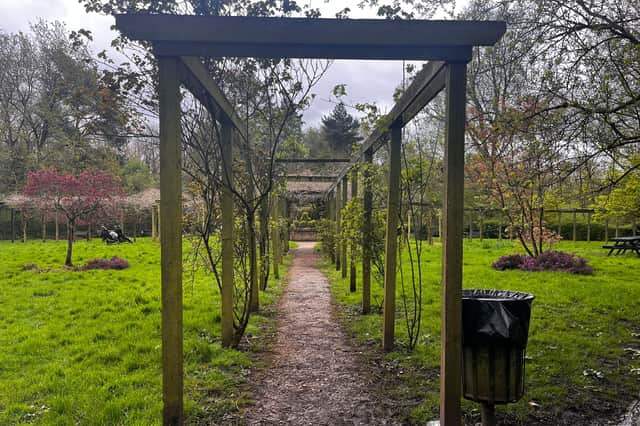

What else is there to do in the area
Being so accessible from the city centre, it’s easy to visit for a couple of hours, but if you want to make the most of it, there are also some great pubs and restaurants in the area, including the Ye Olde Cock Inn, which is located at the entrance to the Parsonage Gardens. Burton Road is another popular area to explore with restaurants like the Great Katmandu and the Metropolitan pub, which have both been serving customers for decades.
There are also some other parks and natural beauty spots nearby that you can check out. The two other neighbourhood parks that are within walking distance are Fog Lane park and the Marie Louise Garden, but we would also recommend venturing into Chorlton Water Park and Sale Water Park, which you can find simply by following the Mersey river.
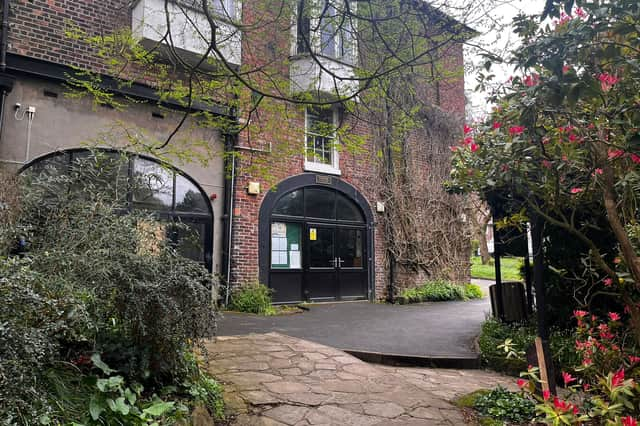

History
Advertisement
Hide AdAdvertisement
Hide AdIn 1919, Fletcher Moss park was donated to the public by philanthropist Alderman Fletcher Moss, who had acquired the land seven years earlier in 1912. His only request was that he would be allowed to stay living in the Croft for the rest of his life. However, it’s the previous owners that we have to thank for the beautiful gardens.
The Williamsons, who moved in in 1882, planted a lot of the plants we see today. They were keen botanists and collected plants from their trips to the Alps. It has largely stayed the same since, with some development to the rockery in the 1950s and further funding in 2014 to repair some of the paths and remove some trees.
It was also here that Emily Williamson founded the Royal Society for the Protection of Birds. Having been rejected from the British Ornithologists’ Union, Emily set up the organisation in 1889 to campaign against birds being used for fashion.
Comment Guidelines
National World encourages reader discussion on our stories. User feedback, insights and back-and-forth exchanges add a rich layer of context to reporting. Please review our Community Guidelines before commenting.
